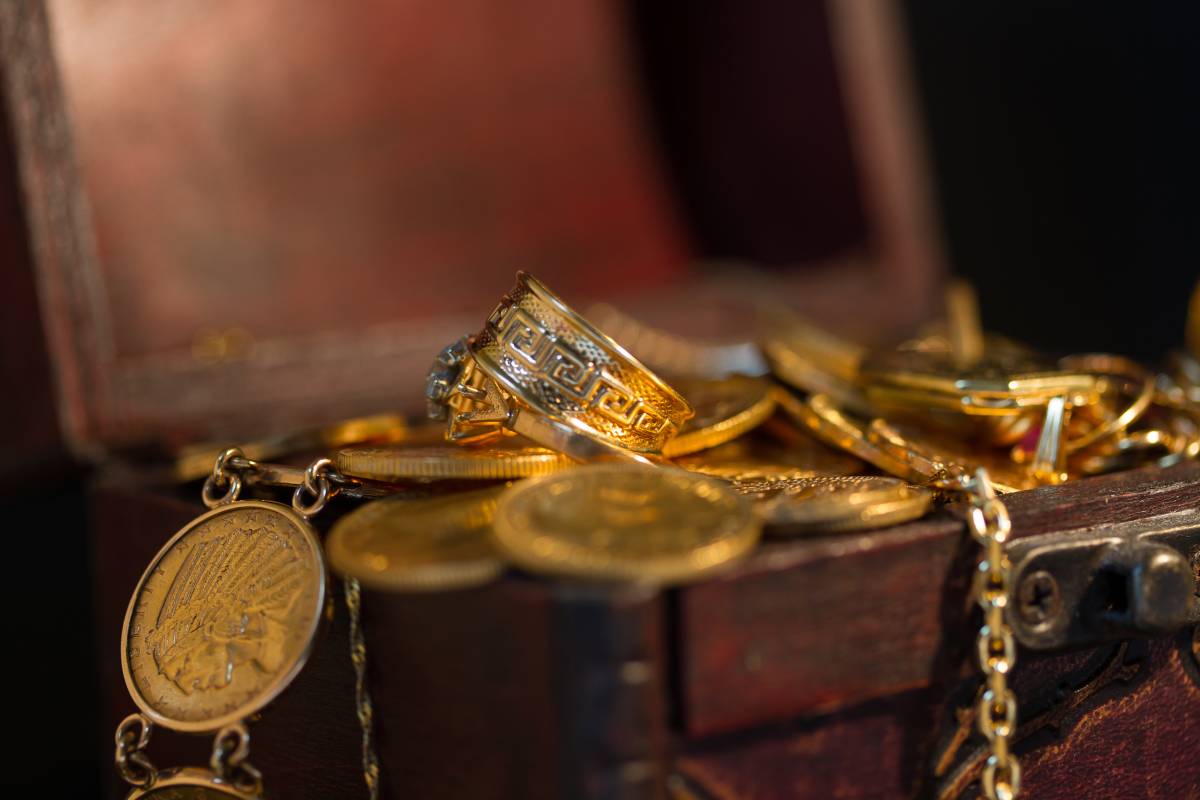Luxury was always about expensive items, but it has evolved to be more than that. Let's explore how luxury has changed throughout history.
Luxury has always been about more than just expensive items. Over time, it has evolved from symbols of power and wealth to expressions of personal taste, cultural identity, and even ethical values. Let’s explore how luxury has changed throughout history.
Ancient Times: Luxury as a Sign of Power
In ancient civilizations, luxury was closely tied to power and status. Rulers and elites used rare and valuable items to display their authority and divine favor.
- Egypt: Pharaohs adorned themselves with gold jewelry and elaborate clothing, signifying their divine status.
- China: Silk, a luxurious fabric, was reserved for the upper class and became a significant export along the Silk Road.
- Rome: Wealthy Romans showcased their status through lavish banquets, intricate mosaics, and imported goods.
These luxury items were not just for comfort; they were tools to reinforce social hierarchies and cultural identities.
The Middle Ages: Luxury and Religion
During the Middle Ages (5th to 15th centuries), luxury took on new meanings, influenced by feudal systems and religious beliefs.
- Feudal Europe: Nobles displayed their wealth through ornate castles, fine clothing, and elaborate feasts.
- Religious Influence: The Church played a significant role, with monasteries and cathedrals adorned with precious materials, reflecting both devotion and power.
Trade routes expanded during this time, bringing in luxury goods like spices, silk, and precious metals from distant lands, further enhancing the prestige of the elite.
The Renaissance: Art, Culture, and Consumerism
The Renaissance (14th to 17th centuries) marked a cultural rebirth, where luxury became intertwined with art and intellectual pursuits.
- Art and Patronage: Wealthy individuals sponsored artists, leading to masterpieces that were both luxurious and culturally significant.
- Fashion and Lifestyle: Sumptuary laws were enacted to regulate extravagant spending on clothing and other luxury items, aiming to maintain social order.
This era saw the rise of consumerism, with a growing middle class eager to partake in luxurious lifestyles, further blurring social lines.
The Industrial Revolution: Accessibility and Branding
The Industrial Revolution (18th to 19th centuries) transformed luxury from exclusive handcrafted items to more accessible goods, thanks to technological advancements.
- Mass Production: Innovations allowed for the efficient production of high-quality items, making luxury more attainable for the middle class.
- Emergence of Brands: Companies began to establish brand identities, associating their products with quality and prestige, influencing consumer choices.
This period democratized luxury, allowing a broader audience to experience products once reserved for the elite
Globalization: Luxury Across Borders
As transportation and communication improved, luxury became a global phenomenon.
- International Markets: Brands expanded their reach, catering to diverse cultures and preferences.
- Cultural Exchange: Exposure to different traditions influenced luxury trends, leading to a fusion of styles and ideas.
Emerging markets, particularly in Asia, became significant consumers of luxury goods, prompting brands to adapt and innovate to meet new demands. Technology: Digital Luxury
In the digital age, technology has reshaped how we perceive and access luxury.
- Online Shopping: E-commerce platforms allow consumers worldwide to purchase luxury items with ease.
- Virtual Experiences: Augmented reality and virtual showrooms offer immersive experiences, enhancing customer engagement.
Social media platforms have also played a pivotal role, enabling brands to connect with audiences and showcase their products in innovative ways.
Sustainability: Ethical Luxury
Modern consumers are increasingly concerned about the ethical and environmental impact of their purchases.
- Sustainable Practices: Brands are adopting eco-friendly materials and transparent supply chains to appeal to conscientious buyers.
- Social Responsibility: Supporting artisans and local communities has become a hallmark of luxury, emphasizing authenticity and ethical production.
This shift reflects a broader understanding of luxury, where quality and responsibility go hand in hand.
Contemporary Luxury: Personal Expression
Today, luxury is less about opulence and more about individuality and meaningful experiences.
- Customization: Personalized products and services cater to unique tastes and preferences.
- Experiential Luxury: Exclusive events, travel, and bespoke experiences offer intangible forms of luxury that resonate with modern consumers.
This evolution signifies a move towards a more inclusive and diverse interpretation of luxury, where personal values and experiences take center stage.
Conclusion
Luxury has undergone a remarkable transformation, reflecting the changing values and aspirations of society. From ancient symbols of power to modern expressions of individuality and ethics, luxury continues to adapt and resonate with people across the globe. Understanding this history enriches our appreciation of what luxury means today and how it shapes our world.
